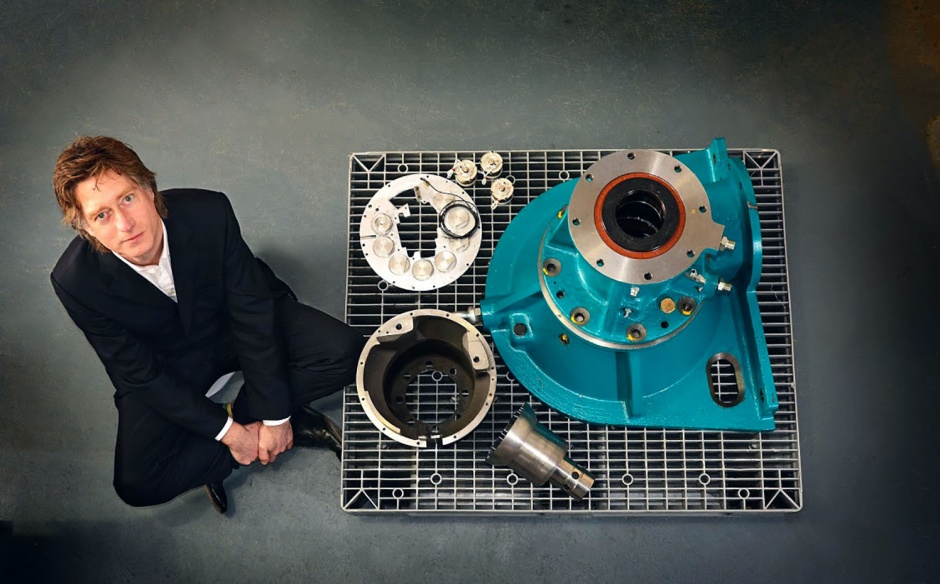
Lindsey has been nominated for the prize, which is awarded annually by the European Patent Office (EPO), for the development of the Blade Compressor; an oil-free rotary air compressor that is claimed to represent a significant advance over existing systems.
Used in a variety of applications - ranging from manufacturing machines to domestic fridge freezers – air compressors are estimated to account for as much as 10 per cent of Europe’s overall electricity usage. However, despite their prevalence, their design has remained largely unchanged since the 1930s.
Similar to a petrol engine, these compressors use a piston to draw air into a cylinder on the outward stroke and compress this air after the piston has reversed its motion and moves inward. Valves control incoming and exiting air.
However, there are several flaws in this design: a piston air compressor is noisy, valves and seals are never airtight and, crucially, it only compresses air on the piston's down stroke meaning that half of its movement is essentially wasted energy.
The Blade compressor improves on each of these design weaknesses. It features a rotating piston blade inside a circular chamber that simultaneously compresses air and induces new air into the chamber in one continuous movement.
As the blade moves within the chamber, it induces air behind it and compresses air in front. The compressed air is released just before the piston blade slides through a slit in a spinning disc, which bisects the chamber: the air that was behind the piston is now in front of it and is compressed while more air is drawn in from what is now behind the blade.
Unlike a traditional piston compressor, which must stop and change direction, Lindsey’s device features a blade rotating endlessly in one direction, never stopping and starting. This makes it considerably smoother, quieter and more reliable. It is also the first new compression technology which is inherently oil- free, and as such it leaks less.
The technology, which is licensed to manufacturers through Lindsey’s firm Lontra, has already been the focus of a major trial at a UK wastewater treatment facility where according to the firm, it demonstrated a 20 per cent reduction in electricity consumption. Lontra has also agreed a deal with Swiss pumping giant Sulzer to supply the compressor for wastewater treatment plants.
The firm is also working with funding from the EU's Horizon 2020 programme to introduce the Blade Compressor technology into the pharmaceutical and food sectors, where it will be used for pneumatic conveyors – a way of moving products and bulk materials during the manufacturing process by blowing them through tubes.
The company claims that the device could save as much as 2 terawatt hours of electricity in Europe a year.
"Steve Lindsey's invention offers a clever, highly-efficient alternative to traditional air compressors, and is poised to shake up the compression industry," said EPO President Benoît Battistelli announcing the European Inventor Award 2017 finalists. "Because air compressors are used across such a large number of industries, it also has the potential to make an impact on worldwide energy consumption and cut carbon footprints across many energy-intensive sectors."
The winners of the 12th edition of the EPO's annual innovation prize will be announced at a ceremony in Venice on 15 June.

Red Bull makes hydrogen fuel cell play with AVL
Formula 1 is an anachronistic anomaly where its only cutting edge is in engine development. The rules prohibit any real innovation and there would be...